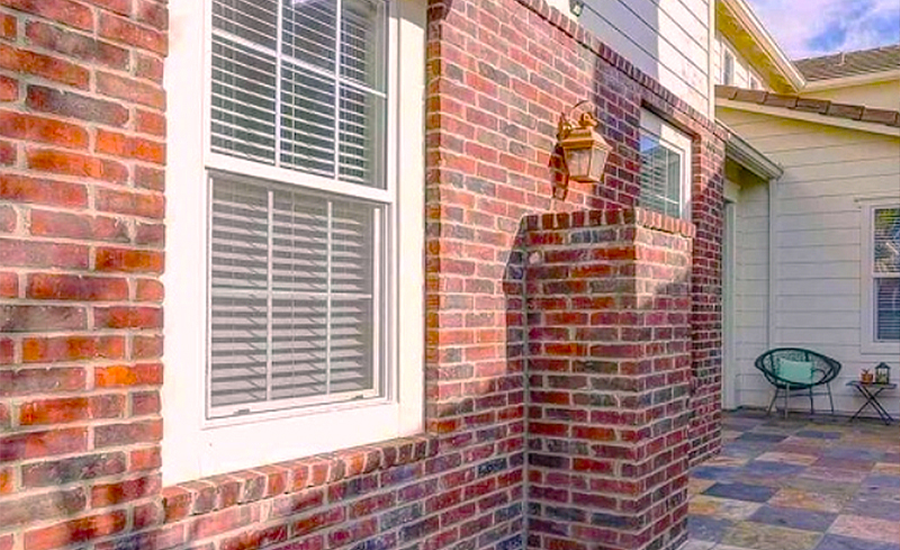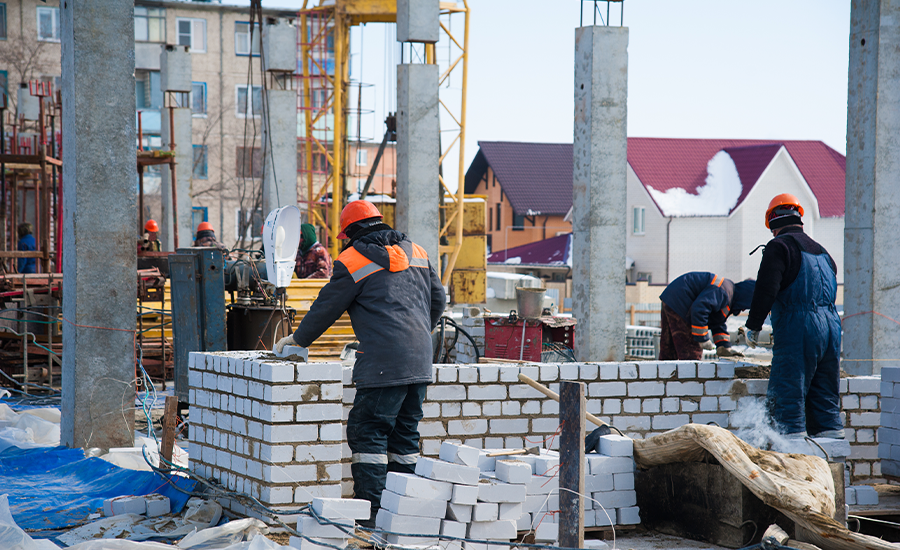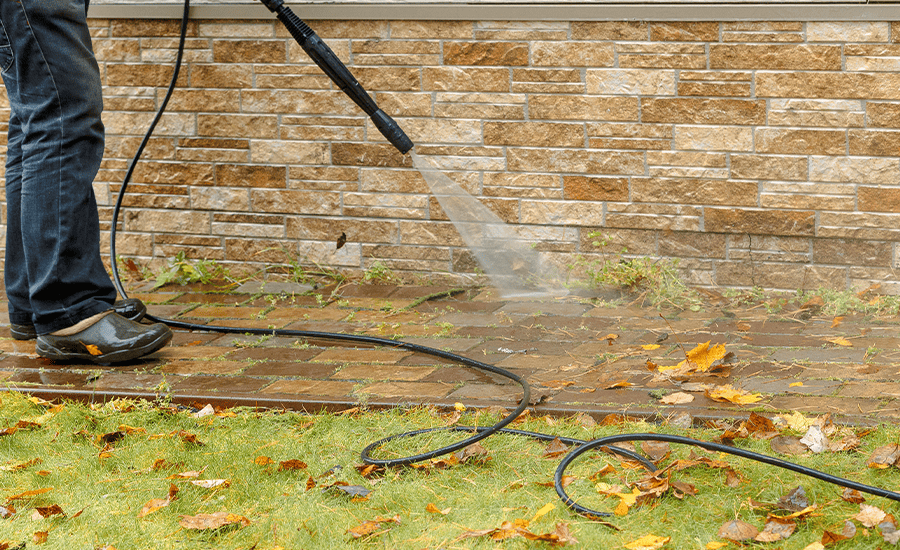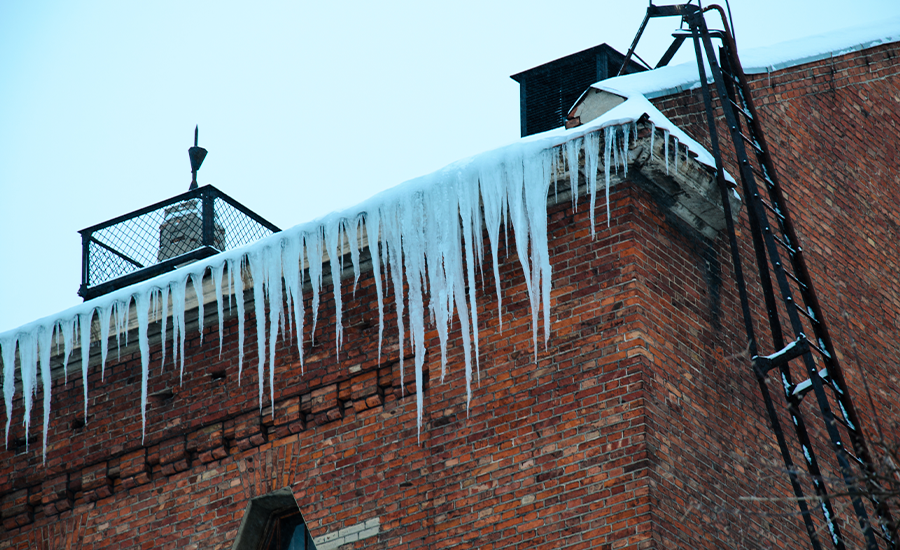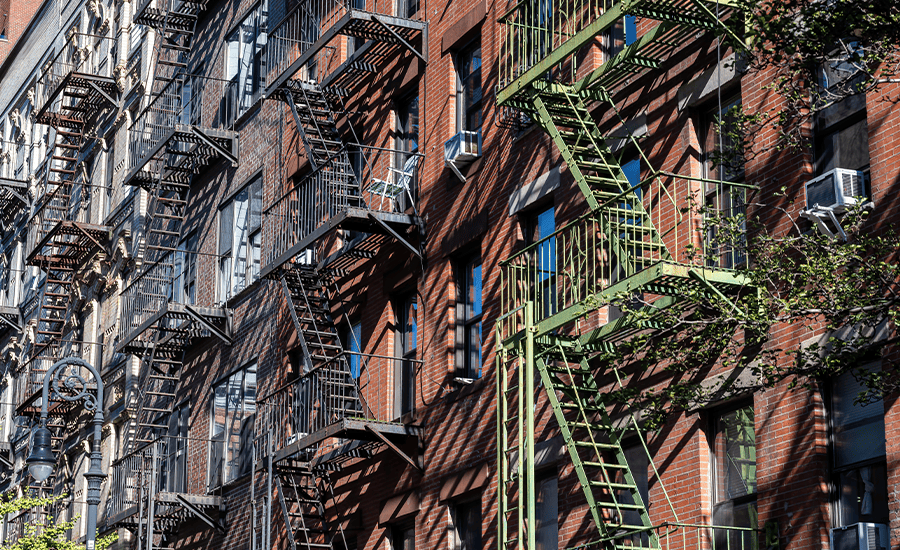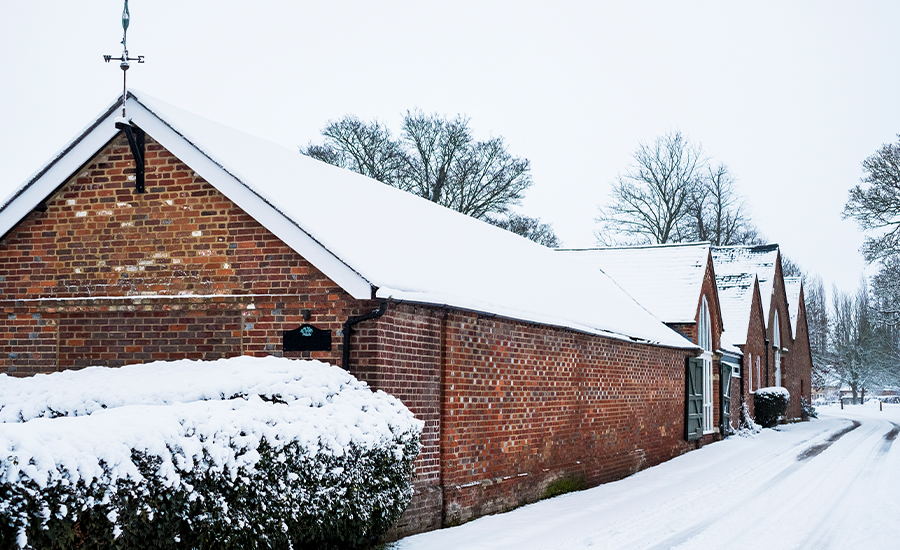During masonry construction, weathered pointing, repointing, and brick pointing are important methods that commemorate longevity, withstand wear and pressure from the weather, and make the bricks appear even more appealing.
These methods entail controlling the mortar location and shape in the joints of the bricks, stones, or other units of construction to reduce water permeability and also to manufacture mechanical stability. Among the benefits of a sloped finish is that weathered pointing encourages rainwater to run off the building, which is a good thing considering adverse natural climates in many locations.
No matter the new constructions and historic renovations, the correct mortar pointing and some other methodologies, such as flush or raked pointing, are essential keys to guarantee the durability and appearance of the masonry work.
What is Weathered Pointing Masonry?
Weathered pointing construction is a specific process applicable in masonry to improve the appearance and strength of brickwork, stones, or other structures. This construction method consists of laying in a particular fashion in the interfacial space within stone workers to provide adequate load-bearing strength and architectural aesthetics and design. In weathered pointing, mortar is placed and worked to allow the upper end of the joint to have a downward inclination from the structure. This is because the masonry has a sloped shape, and therefore, any water that manages to get to the joints is well directed away from the structure to reduce the chances of it seeping in and causing more harm in the future. It is crucial in areas where the climatic conditions can be unfavorable because applying the weathering pointing technique enhances the durability of the masonry due to the reduction in water penetration.
Weathered Pointing in Masonry Construction
Hence, employing weathered pointing in masonry projects enhances the levels of protection offered and the beauty the projects provide. The sloped mortar finishes away from the building and reduces water penetration within the joints. However, the weathered pointing style is mainly used in old buildings or buildings whose exteriors are designed in the classic style. Still, it can also be utilized in modern construction for practical and aesthetical purposes. It provides a different surface that adds to the building’s protection from rain and contributes to its appearance.
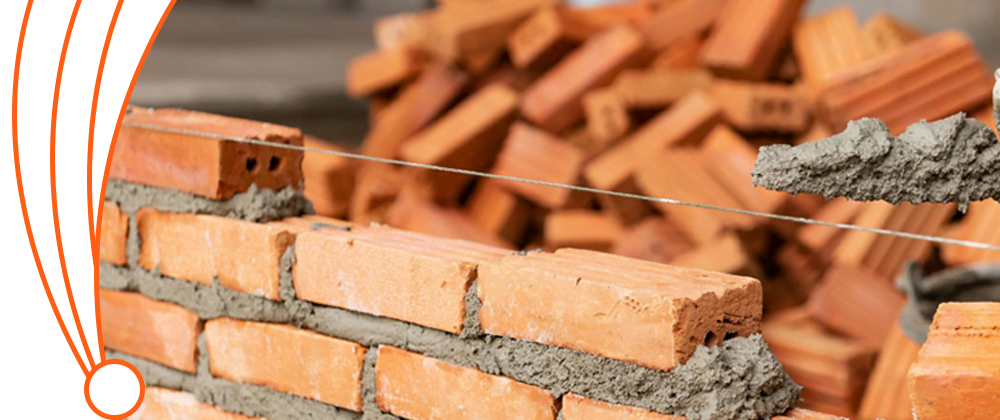
Different Types Of Mortar Pointing Finishes
There are different mortar pointing finishes in masonry like:
Flush Pointing
Mortar is applied evenly with the masonry surface, creating a smooth finish known as flush pointing.
Tuck Pointing
A fine line of mortar, resembling a thin, neat line, is placed in the center of the joint, known as tuck pointing.
Weathered Pointing
The mortar joint is shaped with a sloped top to direct water away from the building.
Raked Pointing
The mortar is recessed from the surface, giving the joints a deeper, more defined appearance.
Bucket Handle Pointing
The mortar is shaped into a concave finish with a rounded edge, resembling a bucket handle.
V Pointing
The mortar is shaped into a V-groove, enhancing water drainage and aesthetics. Learn more about V Pointing.
Struck Pointing
The mortar is finished with a slanted edge to improve water runoff and masonry durability. Read about Struck Pointing.
Exposed Pointing
The mortar is left slightly proud of the masonry, giving a textured, rugged appearance.
What Is The Difference Between Weathered Pointing And Struck Pointing?
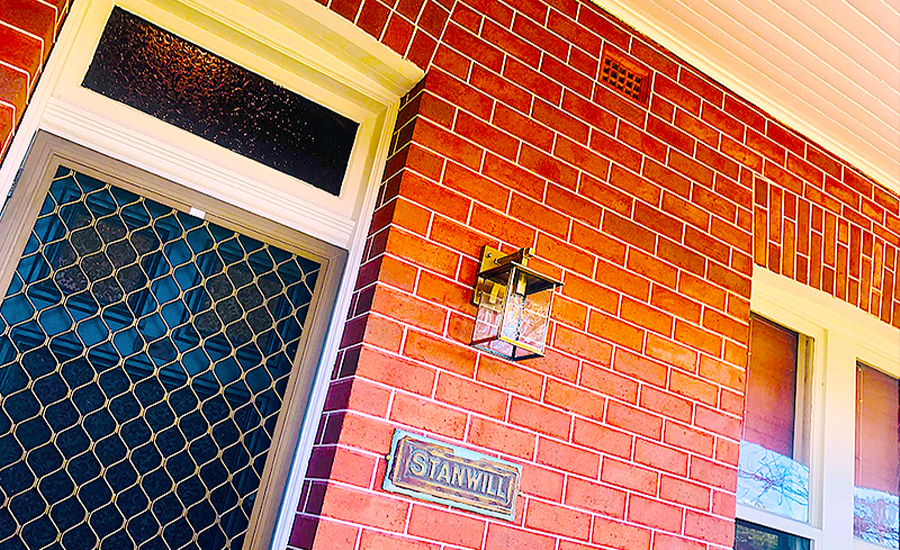
Weathered pointing and struck pointing are both mortar finishing techniques used to seal masonry joints, but they differ in how the mortar is shaped and its effect on water drainage. While both methods help protect the structure from water infiltration, their appearance and functionality vary.
| Aspect | Weathered Pointing | Struck Pointing |
|---|---|---|
| Mortar Shape | The mortar is shaped with a sloped top edge. | The mortar is finished with a slanted edge at a 45-degree angle. |
| Water Drainage | It is designed to direct water away from the masonry joints. | It also directs water away but is less effective than weathered pointing. |
| Appearance | Provides a smooth, concave appearance on the top of the joint. | Results in a sharp, angular finish at the joint’s edge. |
| Common Usage | Often used in older or traditional buildings. | Typical in modern construction for a clean, angled finish. |
Procedure Of Carrying Out Weathered Pointing
It involves modeling mortars to ensure they do not penetrate or find their way into the masonry and cause harm to the structure. Here is the procedure:
Preparation
Then, clean the joints properly by using a swift tool to remove any deposits, such as old mortar, dust, or debris. This reduces the structure’s stress, ensuring the brand-new mortar will attach to the block properly and make a good seal.
Mix Mortar
Make a mixture containing the correct cement-to-sand-to-water ratio. The consistency must be workable and strong enough that it does not droop or crumble easily when applied.
Apply Mortar
Press the mortar into the joints so that it fills the cores up to the brim using the side of a pointing trowel. This will help fill every gap with the mixture, so make sure to compact the mortar well.
Shape the Joints
After applying the mortar, take a pointing tool and angle the top end of the joint to a particular slope. This slope assists in channeling rainwater away from the masonry and thereby reduces water penetration.
Smooth and Compact
Trowel the mortar on the joint and then level it to avoid trapped air. This step guarantees smooth jointing and the absence of defects in the joints.
Finish and Clean
As soon as the mortar has crested, enter with a damp sponge or a brush to remove the extra mortar. This step leads to a smooth finish and helps eliminate the chances of mortar rendering the masonry dirty.
Curing
The mortar should take at least 24 to 48 hours to set, depending on the climate. Curing is crucial to allow the mortar to set and, thus, receive durable protection.
Final Inspection
Once the Mortar has set hard, knock off the joints and ensure that they are of equal thickness. Make certain that the slope is correct and that there is sufficient texture on the surface for the best water holding capacity as well as appearance.
Difference Between Jointing And Pointing
Jointing and pointing are both processes used in masonry to treat the spaces between bricks, stones, or other masonry units, but they serve different purposes and are executed differently.
| Aspect | Jointing | Pointing |
|---|---|---|
| Definition | Jointing refers to the process of filling the joints with mortar to create a bond between masonry units. | Pointing involves finishing or shaping the mortar on the exposed surface of the joints for a neat appearance and added weather resistance. |
| Purpose | The primary goal of jointing is to seal and bond masonry units securely. | Pointing enhances the appearance and weatherproofs the joints, preventing water infiltration. |
| Execution | Jointing is typically done by pressing mortar into the joints with a trowel to fill gaps. | Pointing involves shaping the surface of the mortar to create a specific finish or texture, like flush or weathered. |
| Appearance | Depending on the method used, the finished joint may be slightly recessed, flat, or irregular. | Pointing results in a smooth or decorative finish on the joint’s surface, such as a sloped or concave shape. |
| Application | Jointing is often done during the initial construction or repair of masonry. | Pointing is typically done after construction is complete to improve the aesthetics and durability of the masonry. |
Expert Jointing, Pointing, and Masonry Finishes by Sardar Restoration Corp
Sardar Restoration Corp specializes in jointing, pointing, and a wide range of finishes in masonry by following the rules of Local Law 11. With years of experience, we provide top-quality services that ensure your masonry work’s structural integrity and visual appeal. Whether you’re looking for traditional techniques like weathered or flush pointing or need expert jointing to secure your masonry units, we have the skills and expertise to deliver.
Our team also offers a variety of finishes to enhance both the functionality and aesthetic of your construction, ensuring long-lasting results and satisfaction for every project.
Wherever you are, our services are available to meet your local needs. Contact us today at (+1) 917-355-8556 or sardarrestoration@gmail.com, or visit us at 2770 Fish Ave, Bronx, NY 10469, United States. Let us bring excellence to your next project!
FAQs
How does weathered pointing protect against rain damage?
The sloped shape of weathered pointing naturally directs rainwater away from masonry joints, preventing moisture from seeping in and causing erosion or decay. This effective design makes weathered pointing against rain damage a smart choice for protecting masonry surfaces exposed to heavy rainfall.
What are the key tools used for weathered pointing?
The primary tools for weathered pointing include a pointing trowel, a jointing tool, and a pointing iron for shaping the mortar. These tools help achieve the desired sloped finish.
When is weathered pointing preferred over flush pointing?
Weathered pointing is preferred in areas exposed to heavy rainfall as it directs water away from the joints, reducing water infiltration, especially in properties where weathered pointing is more suitable.
Can weathered pointing enhance the aesthetic appeal of a building?
Yes, weathered pointing creates a clean and defined finish that enhances the overall appearance of the masonry, especially in older or traditional buildings. It adds a visually appealing sloped edge to the joints, contributing to the weathered pointing aesthetic appeal.


